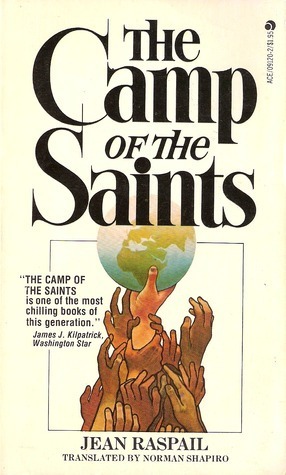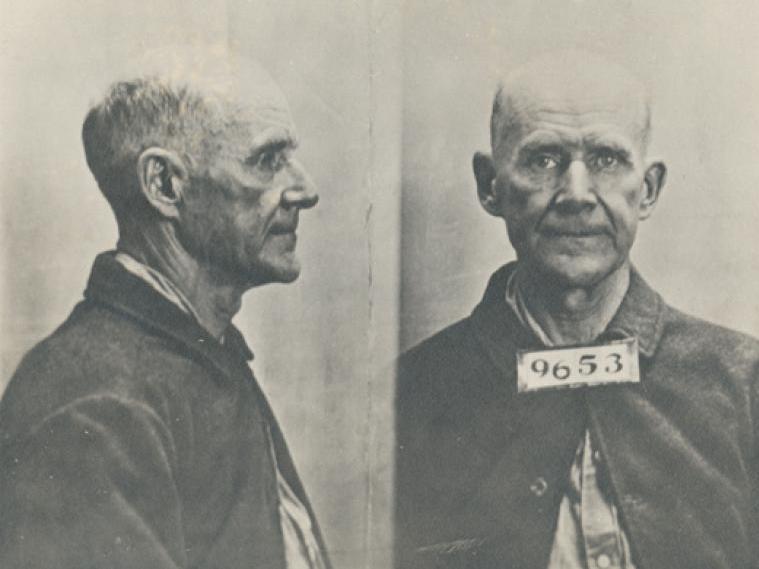Last month we talked about “other duties as assigned” — things you’ve been asked to do at work that were wildly outside of your job description. Here are 15 of my favorite stories that you shared.
1. The handmade crafts
I had a manager whose in-laws held a handmade-only Christmas exchange every year. They were all crafty and she was decidedly not, and they made some intimidatingly great things — the one memorable example she cited was that someone hand-carved a chess set for the exchange.
She made us figure out her craft and do her craft for her a team event every year. The one year I participated, we made a decent felt-flower wreath for her mother in law. It was fun, but in hindsight, wildly inappropriate.
2. The wake-up service
When our organization hosted a fancy pants conference, my psychotic ex-boss, Robin*, announced that she needed an intern to wake her up every day. I’m not kidding. She wanted to give one of us an extra key to her suite to wake her up in the morning at whatever time she stated the night before. An alarm clock wasn’t good enough. Robin wanted a human being to wake her with her fresh coffee order. (She was also obsessed with the British royal family so I wonder if that’s where she got the idea.) And, yes, she put it under “other duties as assigned.” I have no idea if anyone ever fulfilled her stupid request; all I know is it wasn’t me!
*Name not changed out of complete, sheer disrespect.
3. The weed
I was a day shift bartender, and my boss had a side business as a drug dealer. One morning I showed up to start my opening duties and there were massive amounts of weed hung up to dry all throughout the bar, clipped to strings like laundry drying in the sun. My boss hadn’t even left a note or anything asking me to take it down, and he wasn’t responding to my carefully worded texts asking that he help me or at least come pick it up.
This bar only had dim lighting, there were no bright overhead lights that I could turn on, so I had to run around in the dark looking for all the strings and collecting the weed in empty liquor bottle boxes while I was also stressing about getting more and more behind on all the usual things I needed to do before opening the bar. Even after I opened, I found some more that I had missed, and all day I was panicked that maybe this would be one of those days that the bar got chosen for a random inspection.
4. The missing knife
I had a summer job creating a database for the local university’s research farm. One morning my supervisor asked me if I had ever used a metal detector before. He’d dropped a 12-inch knife somewhere in a corn field, and it was cheaper to have me find it than puncture a tractor tire! I was given a metal detector and walked around for about 20 minutes before I found it.
5. The underwear order
First job out of college, I worked for a 90-year-old man in his third career. He was not at all senile, very fit, had all his faculties. Honestly, a very impressive human. He did, however, often call me his secretary and sometimes made comments that were a bit outdated. I brushed them off, it was annoying but didn’t offend me. What I could not brush off is when he walked into the office one morning with a clothing catalogue, dropped it in front of me with a page open to men’s underwear, and told me to order him three value-packs.
I was an office manager in a graduate program and he was the program chair.
6. The returned belt
This didn’t happen to me, but to my coworker and close friend.
Our boss went on a date and had the guy back to her house for the evening. She discovered the next morning that he’d left his belt behind. She told my coworker to take the belt and return it to him at his office at the state capitol, where he worked as a state representative.
That workplace was wild.
7. The artwork
I worked in fundraising for a nonprofit that cared for youth who were removed from their homes, as well as families in foster care or in need of parenting support, etc. Our donors loved receiving “gifts from the kids” but (1) the kids are in school all day and they’re not a craft factory and (2) most of our kids were tweens or teens and were uninterested in creating dorky “art” for rich people.
So my boss’s solution was for ME to make the kid art, including writing messages like “thank you for caring for us” written with my non-dominant hand to look like they were done by kids. I’m still embarrassed that I went along with it, but I was very young and nervous about losing my job.
8. The lost ear
I was a young woman – early 20s – and lived in a small country town that had an old pub with an attached store and petrol pump. On Sundays, all the city folk would come out for a drive and the owner did an outdoor BBQ lunch. I worked as a waitress and drinks server.
A group of bikies asked, quite politely, if they could use the BBQ after lunch was over, but the boss said no. Well, this did not go down well. Drinks were drunk, tempers flared, and it ended in a big fight during which one of the bikies literally bit off the owner’s ear. They retreated inside and I was sent out to look for the missing ear. Which I did, crawling on my hands and knees with beer cans flying over me. I found the ear, it was successfully reattached, and that was the end of it. I wasn’t particularly scared at the time, but when I look back!
9. The dandelion weeding
Back when I worked in fund raising for a Catholic girls high school, the very expansive front lawn of the school had a LOT of dandelions in it. The president of the school felt that it was my job, as the school’s chief fund raiser, to weed the lawn on a regular basis because the presence of weeds instead of perfectly manicured grass could affect the school’s fund raising goals.
I refused.
10. The ticket chase
I had to log onto a ticket purchase portal to wait in a virtual line to get BTS tickets on behalf of my manager. She had the whole team of us doing this and was running back and forth with her credit card in hand in hopes of getting the tickets.
I reported this to our confidential ombudsperson line.
11. The shake monitor
I once had an office-assistant-type job at a wedding and event venue. Turns out, my MOST ESSENTIAL duty, which was not listed in the job description and did not come up in the interviews, was to make the GM’s meal-replacement shake at lunch and then check on him every half hour to see if he finished it, remind him to finish it if he hadn’t yet, then wash the shake container and return it exactly to the correct spot in the cabinet. Other work needed doing? If it was in the afternoon, it wasn’t getting done.
His office was at the other end of the building, so I’d have to walk there (leaving early enough to arrive precisely at the 30-minute mark), then wait for him to be free, remind him to drink his shake, then walk back to my desk. And repeat, and repeat, and repeat…
12. The wet shoes
In my first job out of college, my boss asked me to dry his shoes, which got wet in the rain. He plunked them down on my desk and said he needed them dry for a meeting in 15 minutes. I’m still not sure what he expected me to do because at a certain point, only time can dry things. The hard -unabsorbent paper towels from the bathroom weren’t going to cut it.
I was a receptionist but in no way a personal assistant.
13. The bartender
I had to bartend. This was at a makeshift bar set up in a machine shop, at age 14. My actual job was working for my uncle during the summer helping with paperwork/filing. He decided to host an open house celebration to recognize the business receiving a prestigious quality certification so I was pressed into service. I did not know how to bartend. I assumed until corrected (after a few hours) that all mixed drinks were poured half and half. His customers had a fantastic time!
14. The trick-or-treating
Not sure if this counts because I created the duty myself. I work in a hospital with a small rehab wing, and it always saddens me when patients are stuck in the hospital during holidays. Especially my favorite one, Halloween. So, with the approval of the unit manager, I made signs and plastered them around the hospital for employees to bring their costumed kids trick or treating on the rehab unit on Halloween. I provide the candy myself and give it to the patients to give out to the trick or treaters. The patients adore this and take lots of photos to share with their friends and families. This is the third year now that I’ve done this.
15. The cat attentions
We had an office cat named Baconfingers. She belonged to an employee who passed away, so folks had a lot of affection for this her. When I was hired, I was told that if she wanted attention, I was allowed to stop working and give her scritches for up to 15 minutes, and to code that time under office management.
Most of the time, Baconfingers roosted on top of a filing cabinet, but occasionally she would just make her rounds around the office, going from desk to desk getting scritches from different people in 15 minute increments.
The post the shoe dryer, the wake-up service, and more ridiculous “other duties as assigned” appeared first on Ask a Manager.





